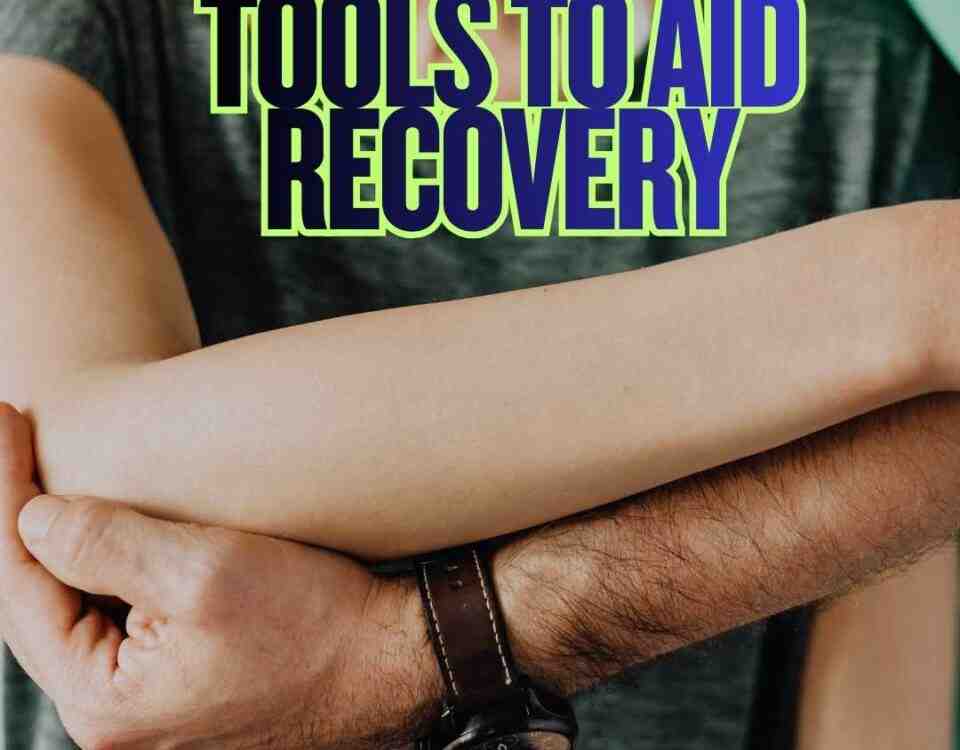Why Exercise Timing and Consistency Might Matter!

Car Accident Most Used Terminology
October 3, 2025
The McGill Big 3 for a Stronger Back
October 23, 2025- Accident doctor
- accupuncture
- airplane headache
- alzheimer's
- best habits
- Brain Injuries
- car accident
- car accidents
- cervical strain
- colds
- concussion
- Concussions
- disc bulge
- dosage meds
- dry needling
- dull pain
- E bike injuries
- florida
- good posture
- headaches
- Headrest positions
- Headrest positions after an accident
- Healthy choices
- Healthy flying
- healthy gift guide
- Healthy SPring Ideas
- hip pain
- hyperextension
- injury doctor
- insurance
- Kayaking
- kentucky
- kids motion sickness
- lifestyle
- motion sickness
- neck injury
- no fault insurance doctor
- noise healing
- osteoporosis
- pain symptoms
- pink noise
- posterior chain
- posture
- prevent osteoporosis
- Rest
- Scoliosis
- shoulder pain
- Stress with kids after a motor vehicle accident
- TBI
- tips
- tmj
- torn muscle
- Traumatic Brain Injury
- trigger points
- VitaminD
- What are Post Traumatic headaches?
Why Exercise Timing and Consistency Might Matter
Physical activity advice has traditionally focused on one thing: doing more of it. Move more, sit less, and stay active. That advice still holds up but new research suggests when you move, and how consistently you do it, could also play an important role in overall health. Dr. Deryk Harting, a patient favorite of one of the highest rated car accident medical doctor teams in Florida, explains why exercise timing and consistency might matter.
Traditionally, physical activity and exercise have been measured by totals like daily steps, minutes exercised, or calories burned. But now, scientists are studying the timing of movement and examining topics like whether exercising in the morning or at night makes a difference, and if maintaining a consistent daily activity schedule leads to better health outcomes.
One study, published in 2023 in the European Journal of Preventive Cardiology, found that people who exercised in the late morning had better heart health markers than those who worked out later in the day. The results are not universally replicated but suggest the possibility that exercise timing could influence outcomes like cardiovascular health.
Consistency also appears to matter. A recent study from the University of Florida tracked older adults (average age 76) using accelerometers (wearable devices that measure movement) to see how regular their activity patterns were over several days. Those who moved at more consistent times had better fitness and walking performance than those with irregular patterns.
One explanation for this is that regular activity helps keep our internal body clocks (circadian rhythms) in sync. Just like consistent sleep helps us function better, consistent movement might support healthier aging and metabolic health.
These findings also tie into circadian biology, the study of how our internal clocks regulate things like hormone levels, body temperature, and muscle function throughout the 24-hour day. Interestingly, exercise can influence this clock too and it may act as a zeitgeber, or a time cue, which helps keep our rhythms on track.
A 2021 study in Cell Metabolism showed that working out at different times of day triggers different gene responses in muscles and the liver. In other words, the same workout might have different effects depending on when you do it.
These and other similar results have led to ongoing debates about how exercise timing may influence sleep quality, recovery, performance, and fat metabolism. While more evidence is needed, current research is beginning to reframe movement and exercise as not just a physical act but as something linked to our biology and long-term health.
From a public health perspective, the main message has not changed: stay active throughout the day. But as fitness technology and wearables improve, we may have the ability to tailor our activity and exercise to fit with our natural circadian rhythm and daily routines. This could also help provide personalized feedback on how well our lifestyle aligns with our body’s internal clock.
Physical activity and exercise research continues to evolve. It is no longer just about how much you move; it is also about when and how consistently you do it. While more studies are needed, early evidence suggests that regular timing and circadian alignment may be key factors for improving fitness, mobility, and overall health. A new mantra may be to move more and try to move on a schedule that works with your body, not against it.
— This article is written by Deryk Harting, DC, one of the members of Chambers Medical Group’s team of car accident chiropractors who offer a variety of treatments and therapies ranging from diagnostic testing to various soft tissue therapies for car accidents and injuries in Florida.
— This article is written by Deryk Harting, DC, one of the members of Chambers Medical Group’s team of car accident chiropractors who offer a variety of treatments and therapies ranging from diagnostic testing to various soft tissue therapies for car accidents and injuries in Florida.




